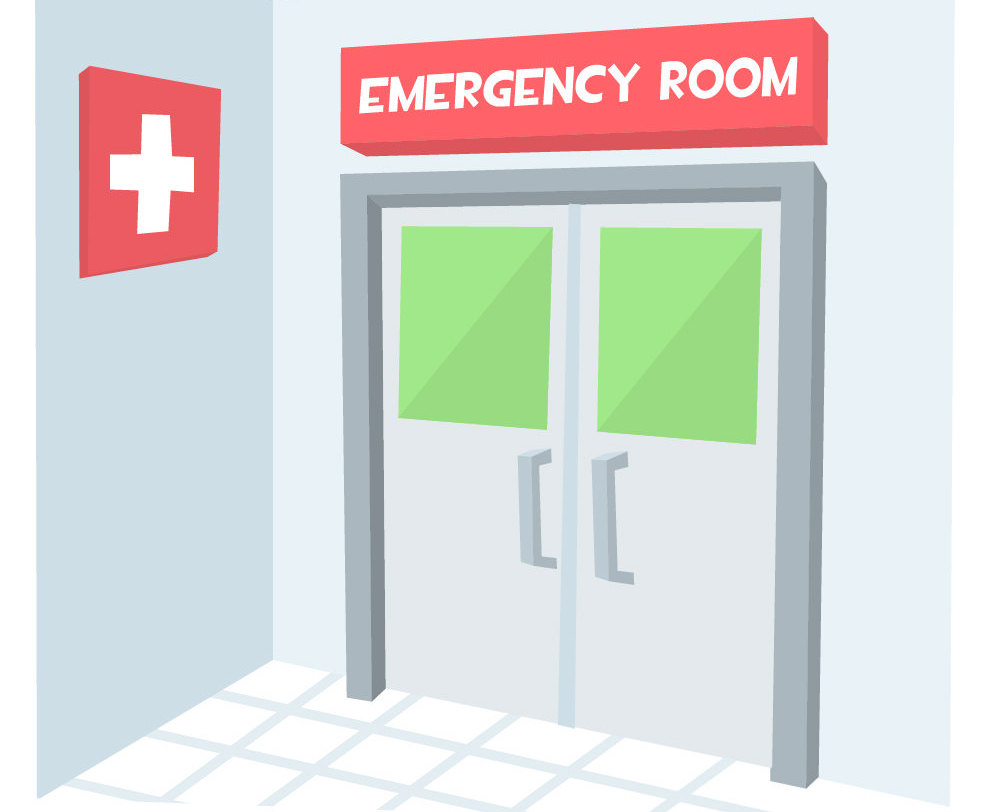Mental health and substance disorders are leading health and wellness issues in America. In 2015 alone, 127,500 Americans died from drug or alcohol-related causes or suicide, which translates into one person dying of a preventable cause every four minutes. It is predicted that if current trends continue 1.6 million more people could die from the preventable causes of drugs, alcohol and suicide by 2025. This problem has permeated into the Emergency Department (ED), where one in eight visits is caused by or linked to a mental health or substance abuse disorder. However, as the number are ever increasing, the ED is not adequately equipped to deal with the complications that come with it.
In a survey done by National Alliance on Mental Illness in 2014, 40% of individuals rated their psychiatric emergency experience in the ED as “Bad” or “Very Bad”. Of the 1,400 family members surveyed, the consensus was similar. They were concerned about staff communication, access to extra resources and wait times. ED nurses and doctors have less training in psychiatric emergencies than in fractures or chest pain. In the ED an individual in psychiatric distress often experiences a long wait time without mental health treatment. One patient commented that “having to sit in the waiting area in the middle of a crisis was very difficult, especially coping with all the trauma happening around you”. Many responded that key factors that made a good experience included “effective communication and a good listening ear”, respect, “did not make me feel ashamed as a result of my mental illness”, and provided me with community education and support groups. One family member noted that staff should “keep the family in the loop”. Many patients and their family members receive no information about the care for patient, while family members are invaluable reseources for both the care team and the patient.
The mental health crisis in ED is partially caused by the fact that it is the one of the last remaining options or safety nets for patients. While the demand for service in mental health is increasing, ED does not have system for proper coordination and communication to deal with the complications that come with caring for mental health patients. The lack of proper care combined with poor connections to follow-up care often lead to avoidable, repeat ED visits and limited resolution of symptoms.
It is apparent that mental health issues need to be taken seriously as real and harmful medical conditions; a mental health incident is just as important to treat as a physical fracture. There is an urgent need for better coordination and communication in ED for mental health patients. That’s where Medssenger can help. Medssenger can provide help with coordinating ED with providers at other care settings across a community to ensure that the patient is connected to right people for proper care and also active follow-up post-discharge to improve outcome and reduce avoidable, repeat ED visits or admissions. Furthermore, Medssenger can provide effective communication between patient, family members, and care providers at both ED and other care settings to help with treatment and provide ongoing support. Capabilities provided by Medssenger would also help patients avoid waiting room times, as patients can receive therapy and treatment recommendations remotely rather than having to wait for hours at a time. Medssenger’s seamless workflow will also update the important stakeholders such as care providers, family members, and the patient to make sure everyone is in the loop. As of 2015, more than 43 million Americans experienced a mental health issue, more than 20 million had a substance use disorder and more than 8 million experienced both – and these numbers are likely to be underestimates due to stigma and lack of available treatment. The lack of proper tools for care in mental health poses tremendous need to implement a tool like Medssenger to provide effective help for suffereing patients.
